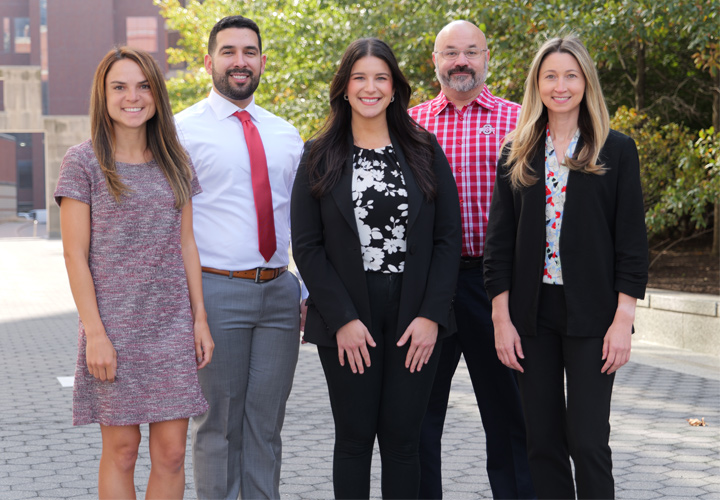The Ohio State University Wexner Medical Center
Columbus, Ohio
Approximately 91% of Americans think that the cost of cancer drugs is too high, and 40% of family members feel a financial burden from a loved one’s diagnosis. These cost-related barriers often prompt patients to resort to various strategies to mitigate the expenses, such as missing appointments, refusing treatment, skipping doses, or even splitting tablets in half. In addition to the negative financial and clinical impact on individual patients, there are also indirect expenses and environmental consequences created by unused and discarded medications.
Recognizing the potential to address these challenges and improve the medication adherence of patients while reducing healthcare costs, our health system advocated for and developed an oral drug repository program. The primary goals were to redistribute medications to those in need, enhance medication adherence, minimize the wastage of unused drugs, and ultimately decrease the overall burden of healthcare expenses.
Before September of 2019, oral oncology drugs were restricted for donation by the Ohio State Board of Pharmacy (BOP). To provide our patients with optimal and affordable care, our pharmacists collaborated with the BOP and lobbied the house and senate to update our state law to allow the donation and dispensing of oral oncology drugs at a minimal or no cost to patients in need. In January of 2020, our institution successfully launched Ohio’s inaugural oral oncology drug repository program.
To implement this program, we designed an innovative workflow that was seamlessly integrated within our outpatient pharmacy operations, adhered to the state BOP’s regulations, and complemented our existing decentralized pharmacy practice model. Our perpetual inventory system enables medication assistance coordinators and pharmacy specialists to have real-time access to the program’s inventory in order to successfully identify eligible patients and coordinate treatment. The collection of drugs is facilitated through multiple off-site hematology/oncology pharmacy clinics in addition to the main campus outpatient pharmacy.
Since the program’s inception, the oral oncology repository has experienced significant growth, expanding from just two oral oncology medications to now encompassing more than 40 different medications. We have accepted over 18,000 tablets and capsules for re-dispensing, resulting in the fulfillment of 141 prescriptions for 103 unique eligible patients in need. The dispensed repository prescriptions provided a total cost savings of $1,003,753, relieving significant financial burden from the patients receiving repository medications.
Our pharmacist-led health system’s drug repository program has not only significantly alleviated the financial burden on our community’s cancer patients but also has driven professional progress through legislative changes, positively reshaped patients’ perceptions of cancer care, and contributed to the global endeavor to ensure the safe and effective use of medications.
 Left to Right:Jennifer Booth, Andre Fernandes, Athena Triglia, Kevin Wolowiec, Julie Kennerly-Shah
Left to Right:Jennifer Booth, Andre Fernandes, Athena Triglia, Kevin Wolowiec, Julie Kennerly-Shah
